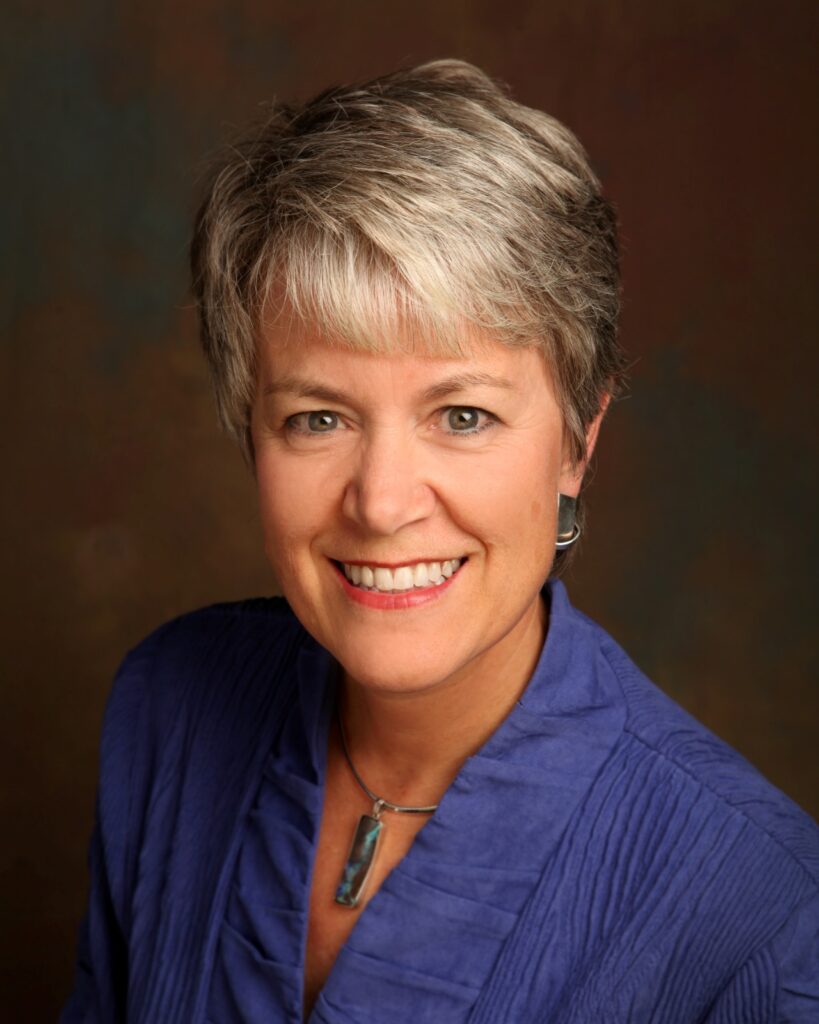
Four Ways Audiologists Can Get Hearing Aid Users in the Hearing Loop
In my previous blog I made a case for the need for hearing loop technology in public places. For hearing loops to benefit consumers – the hearing loops have to be installed to meet the IEC 60118-4 standard, clear hearing loop signage has to be provided and the consumer needs to know how to link into the hearing loop signal.
The good news is that more and more hearing aids, even small mini-devices, now come equipped with telecoils. And, thanks to the advocacy of the Hearing Loss Association of America (HLAA), active HLAA members and ardent hearing loop advocates around the country, more and more places are installing hearing loops.
But…a common complaint among loop advocates is that still way too many hearing aid using consumers are tragically unaware their hearing devices include this telecoil. What can we do to correct this? That is where audiologists could play an important, even a pivotal, role. By including and activating telecoils in the hearing aids they fit, taking 5 minutes to demonstrating their benefit, and handing out information on the Americans with Disabilities Act would go a long way.
Here is what I believe hearing aid consumers should expect from hearing aid providers:
- The provider orders hearing aids that have built-in, vertically oriented telecoils. These telecoils, when turned on, need to offer the same gain and frequency response setting to a 60 dB sound input as compared to a 31.6 mA/m magnetic sound input. In audiology parlance this means the instrument has to have a matching ANSI SPLIV test The good news is that most European hearing aid makes meet this so called Nordic Telecoil standard.
- The audiologist activates the telecoil and offers the consumer clear instructions on how to use it (preferably in writing). The gold standard is that the telecoil setting is verified in a test box or in a waiting room with a TV connected to a hearing loop. If your provider doesn’t offer a hearing loop in their waiting or treatment room– share this article by Drs. Caccavo and Lopez . In it they explain why every provider needs a loop in the office.
- The hearing care provider explains the capabilities as well as the limitations of hearing aids, and how to overcome these limitations. Consumers need to be told that thanks to the Americans with Disability Act hearing well (in places where PA systems are used) is their civil right. That consumers should expect reasonable accommodations for people with hearing loss, just like people in wheel-chairs expect ramps and elevators. Every consumer needs to be given information how assistive technology works with a telecoil. Brochure examples can be found on the Hearing Loss Association of America and the American Academy of Audiology websites.
- The audiologist is a vocal advocate for hearing access rights in the community. Where providers take on this role or where providers work hand in hand with their clients, hearing loops appear. Some providers even hand out hearing loop advocacy cards their clients can take around in the community. Many a loop has been fostered when this conversation about hearing access was started. And when places are unwilling to offer access mandated by the ADA? Providers could offer the link to file complaints with the Department of Justice:ada.gov/filing_complaints on their practice websites.

Should you be told, when you ask about telecoils, that 1) you don’t need one, 2) that they are old technology or 3) that there aren’t enough loops around to make it worthwhile for you to get one – question his or her authority. Telecoils and hearing loops have greatly improved in the last decade and progress is being made daily in the Looping of America. To find hearing loops near you visit www.aldlocator.com , www.LoopFinder.com or download the Loop My Phone app on iTunes.
Hearing advocates around the country are fighting for your right to hear. Join the fight – ask me how. Email me at jsterkens@hearingloss.org





